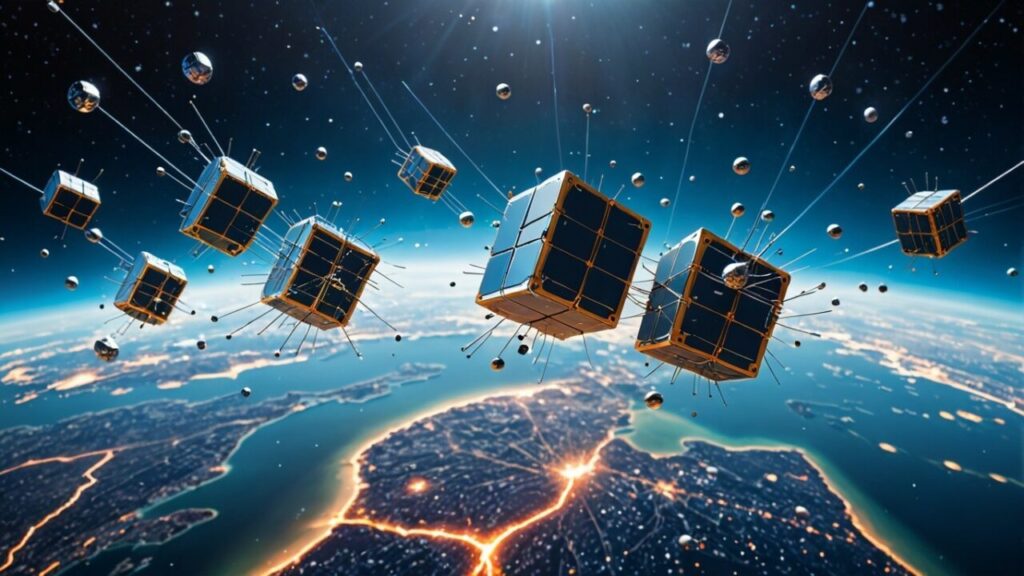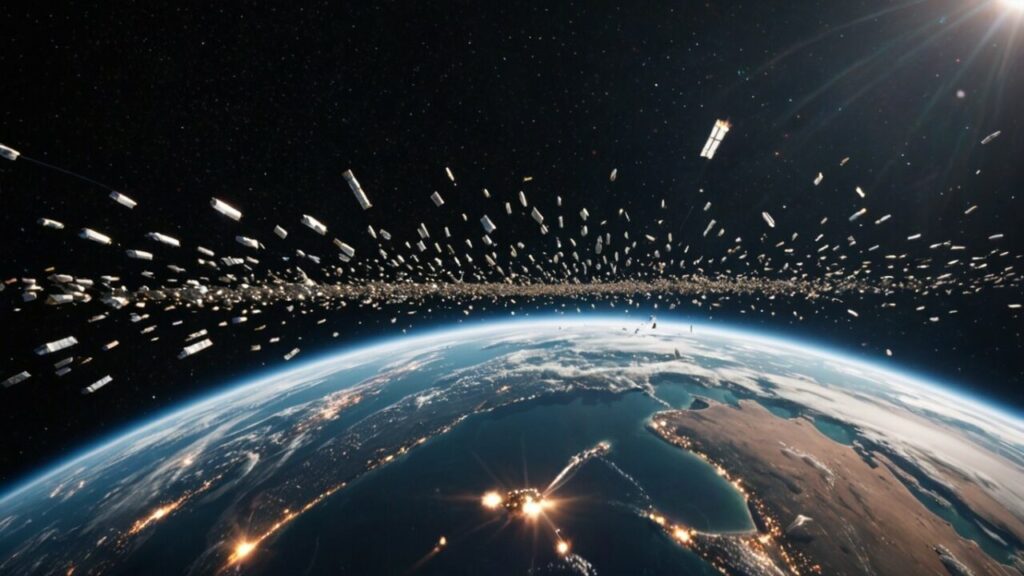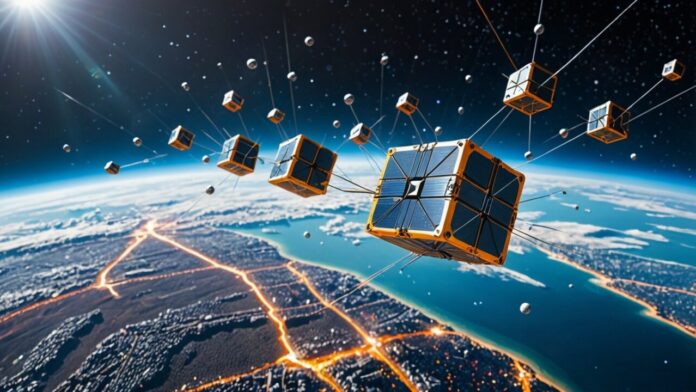China’s Starlink rival, Honghu-3, plans to launch 10,000 satellites to provide global internet access. With this ambitious move, a significant competition in space is about to begin. The satellite internet monopoly will finally end, ensuring internet accessibility worldwide. Here’s a closer look at this development.
Honghu-3: China’s Answer to Starlink
We are all familiar with Elon Musk’s massive Starlink project. The American billionaire aims to launch 42,000 satellites and has already placed 5,874 into orbit. However, China is not standing still. Shanghai Lanjian Hongqing Technology Company, also known as Hongqing Technology, is working on a satellite constellation project named Honghu-3 to compete with Starlink.

Hongqing Technology reported this enormous project to the International Telecommunication Union on May 24th. The plan involves deploying 10,000 satellites across 160 different orbital planes. These satellites aim to provide internet access to even the most remote corners of the Earth.
China’s Expanding Space Ambitions
Honghu-3 is just one of China’s large-scale space projects. Previously, there were significant projects like the “National Guowang Plan” and the “Shanghai-backed G60 Starlink.” In this new endeavor, Hongqing Technology employs Hall thruster technology. The Jinwu-200 thruster system, powered by krypton gas, was successfully tested last December.
Beyond challenging Starlink, China is making significant strides in the commercial space sector. A new satellite manufacturing facility is being established in Wuxi City, and various rocket companies are gearing up to participate in this race. For instance, Landspace is developing a reusable rocket named Zhuque-3, capable of carrying 21,000 kilograms of payload and set for its maiden flight in 2025.

Challenges and Concerns
These large satellite projects come with their own set of challenges. Astronomers worry about the impact of so many satellites on the night sky, as they could cause light pollution and hinder observations. Additionally, the risk of collisions increases with the sheer number of satellites, leading to more space debris.
Looking Ahead
The Honghu-3 satellites’ details and reports can be viewed here. The competition in the space race is intensifying, and we are closely monitoring these developments. How will this race unfold? Share your thoughts in the comments section below.

